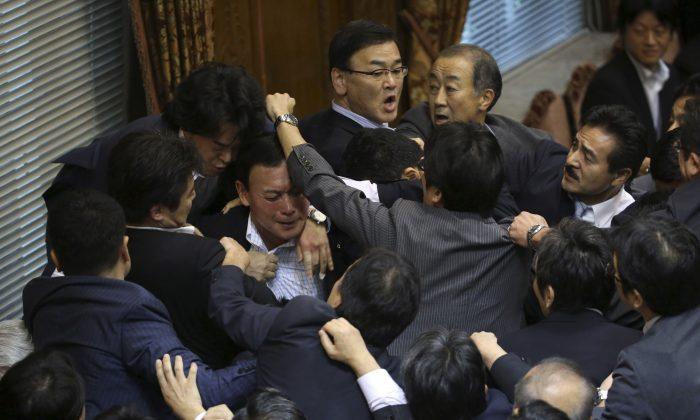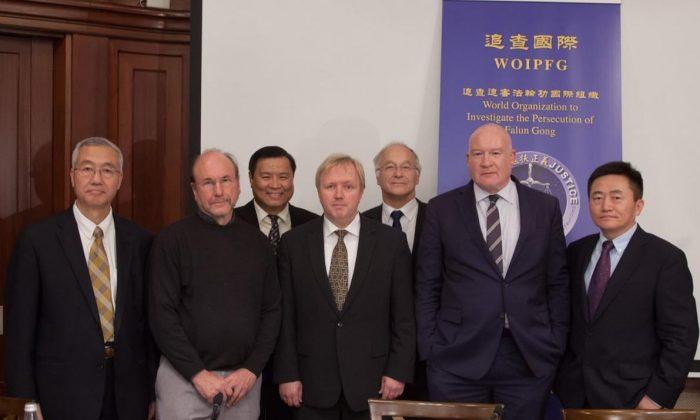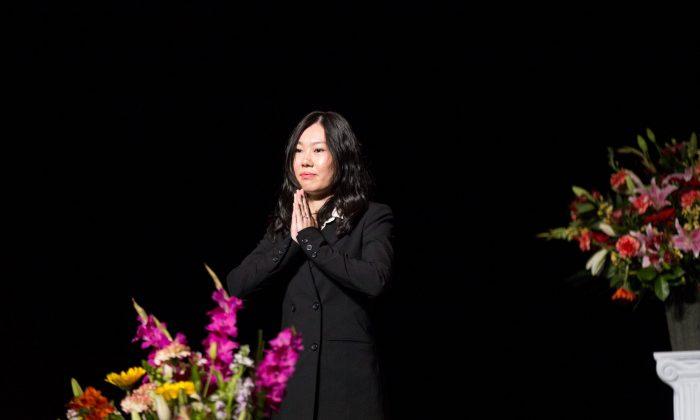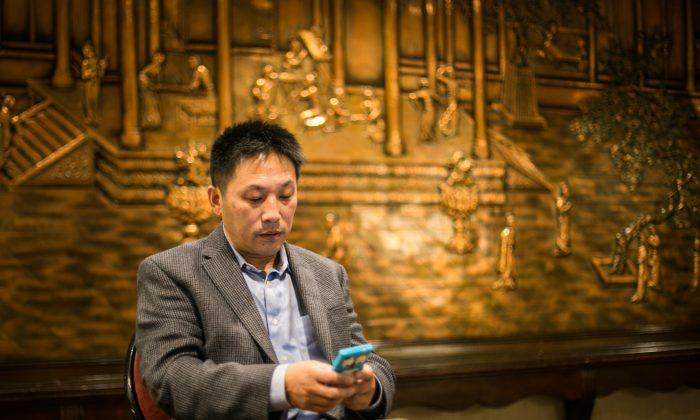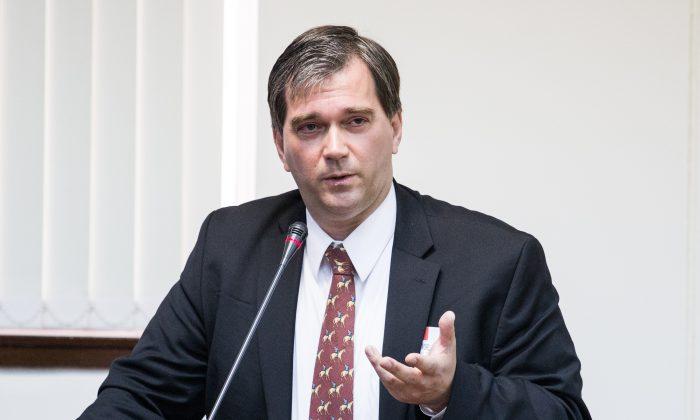In marking the conclusion of World War II, the Chinese authorities have put great emphasis on internal propaganda: they’ve held celebrations, put on an enormous military march, and released documentaries. Now, foreigners—or at least, a very small subset of them—are getting a tailored version of the same anti-Japan sentiment.
But it seems a tougher sell abroad.
This was most recently evident in a small conference held at George Washington University by the China Energy Fund Committee (CEFC). The organization purports to be an independent, non-profit aimed at peace and prosperity, etc. etc., but researchers have found various links between it and the People’s Liberation Army’s political warfare apparatus.
Political warfare (pdf) is about influencing the perceptions of a target population—in this case, U.S. scholars and policymakers—through crafted information and messaging. But participants in the CEFC’s conferences on Friday and Saturday were all too aware of the game that was afoot.
First, they were shown a U.S. archival documentary made at the conclusion of World War II, in which the Japanese were constantly referred to as “the Japs” (or in one instance, “blood crazed Japs”) and which portrayed the country in a most sinister and menacing light.
Japan was portrayed as still aggressive and imperialistic. Japan’s right-wing, which indeed exhibits worryingly revisionist tendencies, was taken as the total of the establishment.
On the second day, a grandiose theory was proffered by Tang Chunfeng, a former Chinese diplomat to Japan, which predicts that Japan will attempt to launch a second Pearl Harbor against the United States, as punishment for the humiliation of being defeated in World War II. For evidence of this plot, he cited discussions with friends in Japan. “When I ask what Japan’s biggest hope for America is,” he said in an interview, “they say: to kneel down and beg forgiveness.” (跪地求饶)
At one point during a meandering presentation by one of the state-affiliated Chinese scholars, Michael Schaller, a Regents Professor of History at the University of Arizona, wrote into his program book and slid it to me to read. It said:
“The essence of this conference is that once the U.S. and China were allies against the evil Japanese, and wouldn’t it be nice if the U.S. and China cooperated once again—and for good measure, the U.S. should accept China as the hegemon of the Pacific.”
A policy specialist in Washington who was asked for their characterization of the conference called it “PRC propaganda,” “outrageous,” and “insulting.”
But there was a pleasing off-note: the keynote speaker on Friday, Steven I. Levine, a distinguished scholar and historian, provided an alternative framework in which to view the war of resistance against Japan. That is, as part of a 50 year war by the Chinese Communist Party against the Chinese people.
Prof. Levine said:
“The Chinese Communist Party took advantage of external aggression by Japan, which fatally weakened the Nationalist Government, to grow exponentially. It engaged in what I call parasitic warfare, inserting itself into the weakened organism of China’s body politic, to grow itself. In 1949, the CCP defeated the Guomindang, took over and transformed the institutions of state power, turning China into a party-state in which the CCP and the state merged into a virtually indistinguishable entity. From then until Mao’s death in 1976, what had hitherto been a civil war to seize state power now became transformed into a war of state power against Chinese society in the name of revolutionary transformation.”
He continued:
“This war, like other wars, employed large-scale state-directed and state-instigated violence through an endless series of campaigns, battles, and skirmishes against so-called class enemies—landlords, rich peasants, the bourgeoisie—as well as against intellectuals, religious believers, sectarians, non-Han ethnicities, most foreigners and the catch-all category of counterrevolutionary elements. The targets included the Chinese family, the foundation of Chinese society for thousands of years, the treasure-house of China’s incredibly rich cultural traditions, the moral-ethical foundations of Chinese civilization embedded in the works of its greatest thinkers, and China’s religious traditions, both folk religions and institutionalized religions. In the process of promoting the new socialist man and woman, cogs in the machine of state power, the party-state attacked the integrity and personality of what it meant to be Chinese. Violence, intimidation, manipulation, psychological and physical torture, and mass hysteria were among the weapons of mass destruction deployed in this war of the state against society.”
Prof. Levine’s potent corrective demonstrates the challenges of using propaganda and psychological manipulation on a free society: they talk back.
